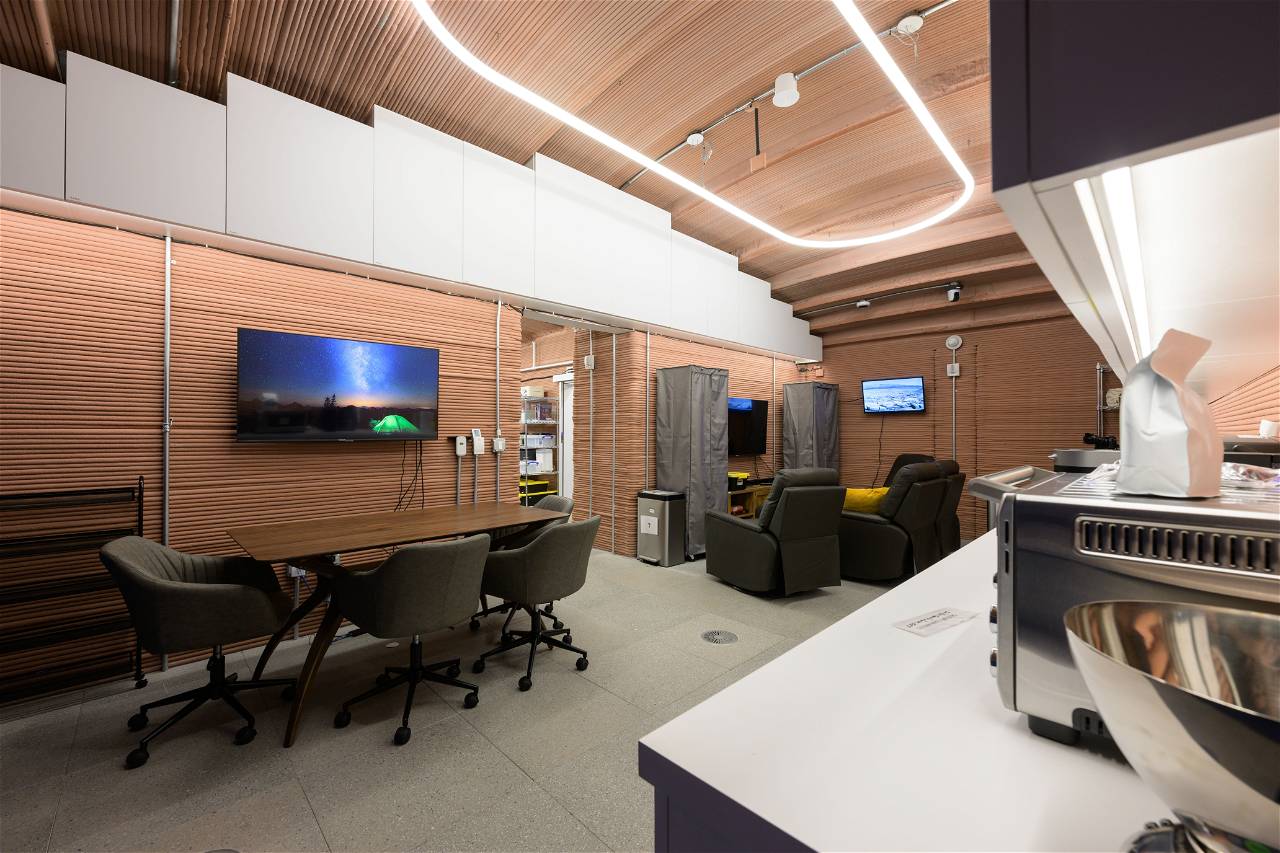
The inaugural crew of NASA's Crew Health and Performance Exploration Analog (CHAPEA) mission 1 has begun their year-long stay in a simulated Mars habitat at NASA's Johnson Space Center in Houston. Unlike the luxury of fresh food deliveries, they will have the opportunity to grow their own fresh produce.
The four-person crew will engage in various mission activities during the first of three one-year missions, including testing different food systems. They will also conduct crop growth experiments, simulated "Marswalks," robotics operations, habitat maintenance, personal hygiene, and exercise, all aimed at understanding the endurance and effects of isolation on the crew.
For future long-duration exploration missions, NASA plans to utilize a food system that combines prepackaged, shelf-stable foods with the ability to grow crops during the mission. This approach is essential as sending provisions to Mars ahead of the crew limits the possibility of changes or resupply, making it impossible to provide fresh fruits, vegetables, or personalized menus.
Scott Smith, NASA's CHAPEA co-investigator for nutritional biochemistry, emphasized the importance of nutrition in the success of space exploration missions with limited food resources. The knowledge gained from CHAPEA will contribute to the success of future space missions.
To assess the viability of this more limited Mars-realistic food system for supporting crew health and performance over longer durations, the CHAPEA mission will thoroughly evaluate its effects.
During certain segments of the mission, the crew will be able to grow crops using a system similar to indoor home gardening, providing water, nutrients, and lighting to support the growth of leafy crops, herbs, and small fruits. This approach not only supplements packaged meals but also offers a creative outlet for the crew and the potential psychological benefits of nurturing plants in an isolated, confined environment.
NASA's ambitions extend beyond the Moon, as they are actively preparing for future missions to Mars. The experiences and lessons learned from Artemis missions, which include landing the first woman and first person of colour on the Moon, will be instrumental in sending astronauts to Mars—the next giant leap in space exploration.
















